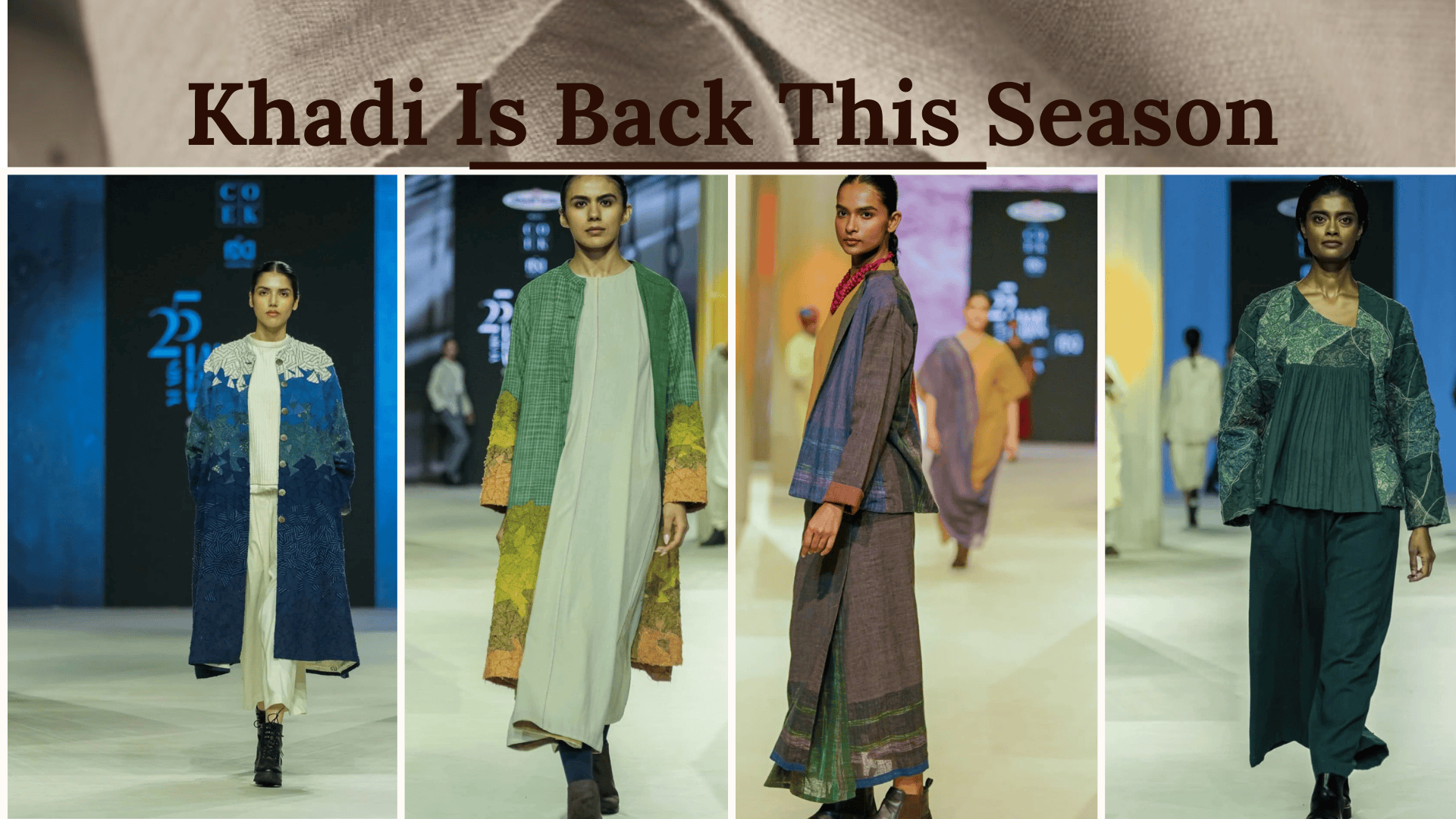
Khadi Fabric Is Back: Why This Heritage Fabric Is Dominating Trends This Season

From grassroots to global runways — the humble handspun textile is fashion’s new favourite.
Once seen as a symbol of India's freedom movement, Khadi Fabric is now making bold waves on international fashion runways, luxury racks, and designer studios — not as a nostalgic nod, but as a powerful expression of conscious luxury.
This season, Khadi isn’t just in trend — it is the trend.
What Exactly Is Khadi Fabric?
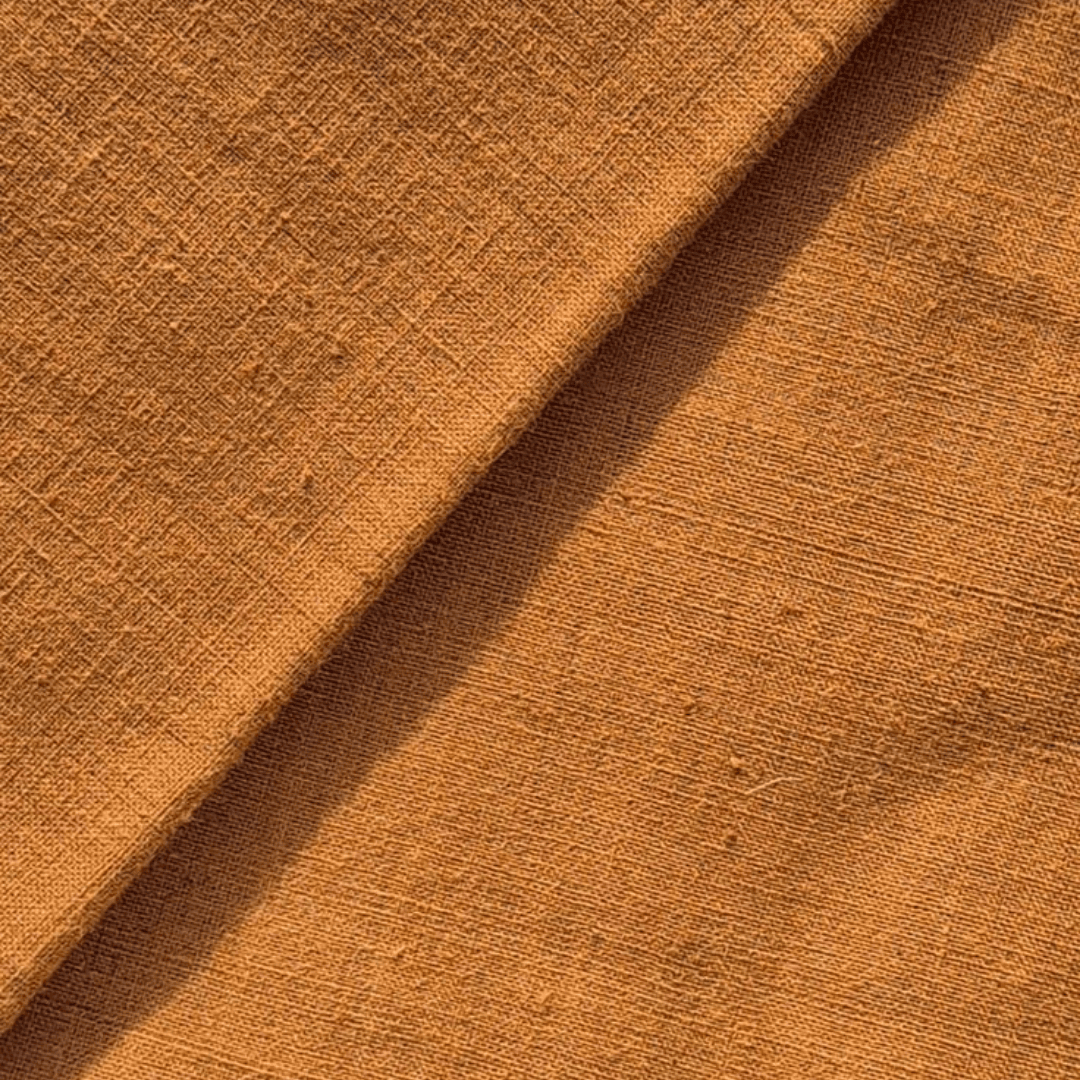
Khadi Fabric is a handspun, handwoven natural fiber fabric, traditionally made from cotton, though it also appears in silk, wool, or blends. Every inch of it is crafted without electricity — a feat of slow production in a fast-fashion world.
Khadi isn’t just a heritage textile — it’s a canvas for contemporary fashion, a medium that carries stories of sustainability, slow craft, and soulful design.
At Anuprerna, our handspun Khadi Cotton is made in collaboration with artisan clusters across Bengal, using natural or azo-free dyes, traditional looms, and sustainable techniques.
Why Khadi Is Trending Again - Sustainability Is No Longer Optional
As brands race to meet ESG goals and reduce carbon footprints, Khadi checks all the boxes:
- No water-intensive farming
- Zero electricity in production
- Fully biodegradable
- Ethically handcrafted
- Khadi isn’t just low-impact — it’s regenerative in every way.
Design Insight: More global brands are moving toward craft-based, small-batch sourcing to meet rising transparency demands.
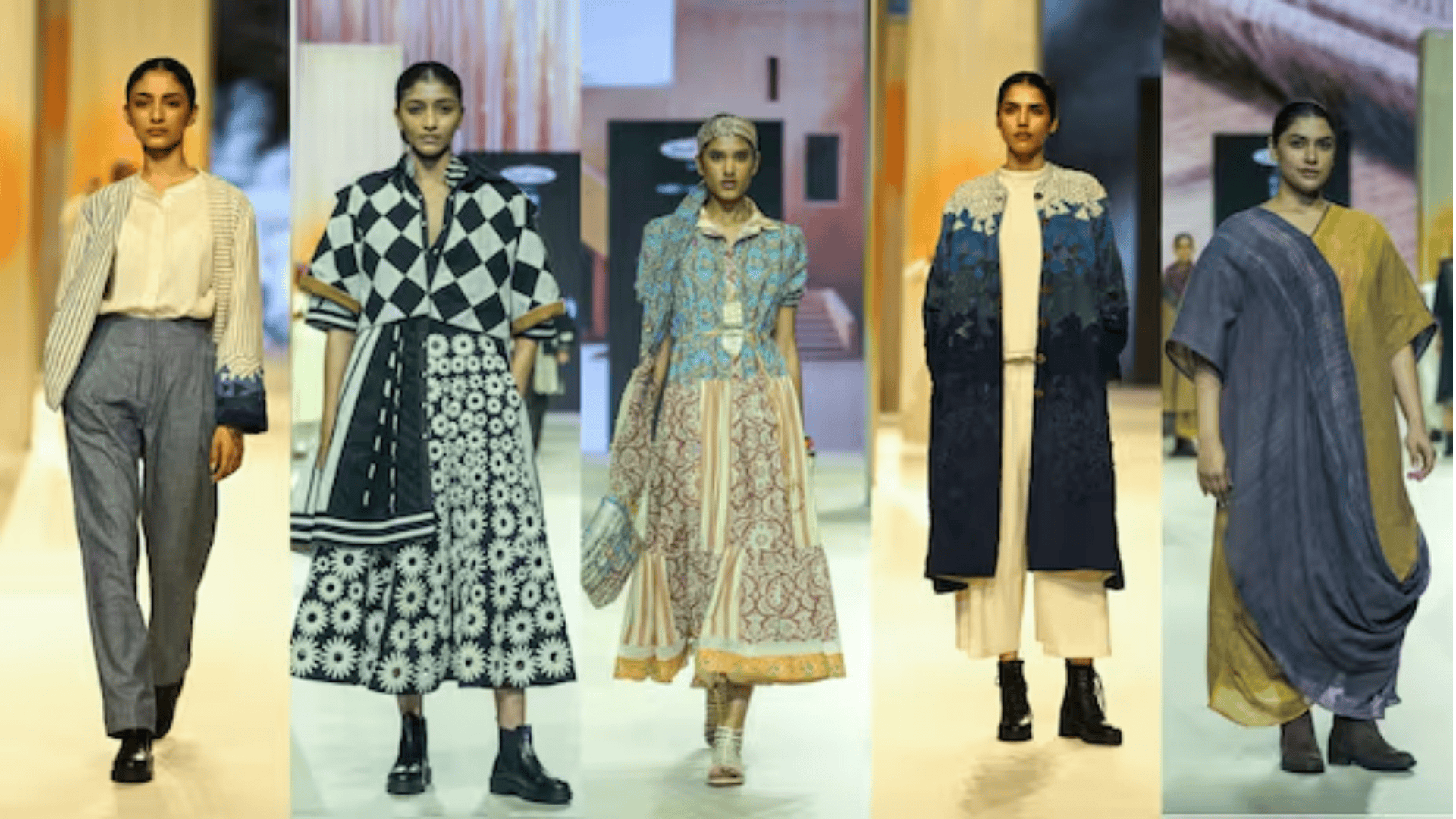
Lakmē Fashion Week, 2025
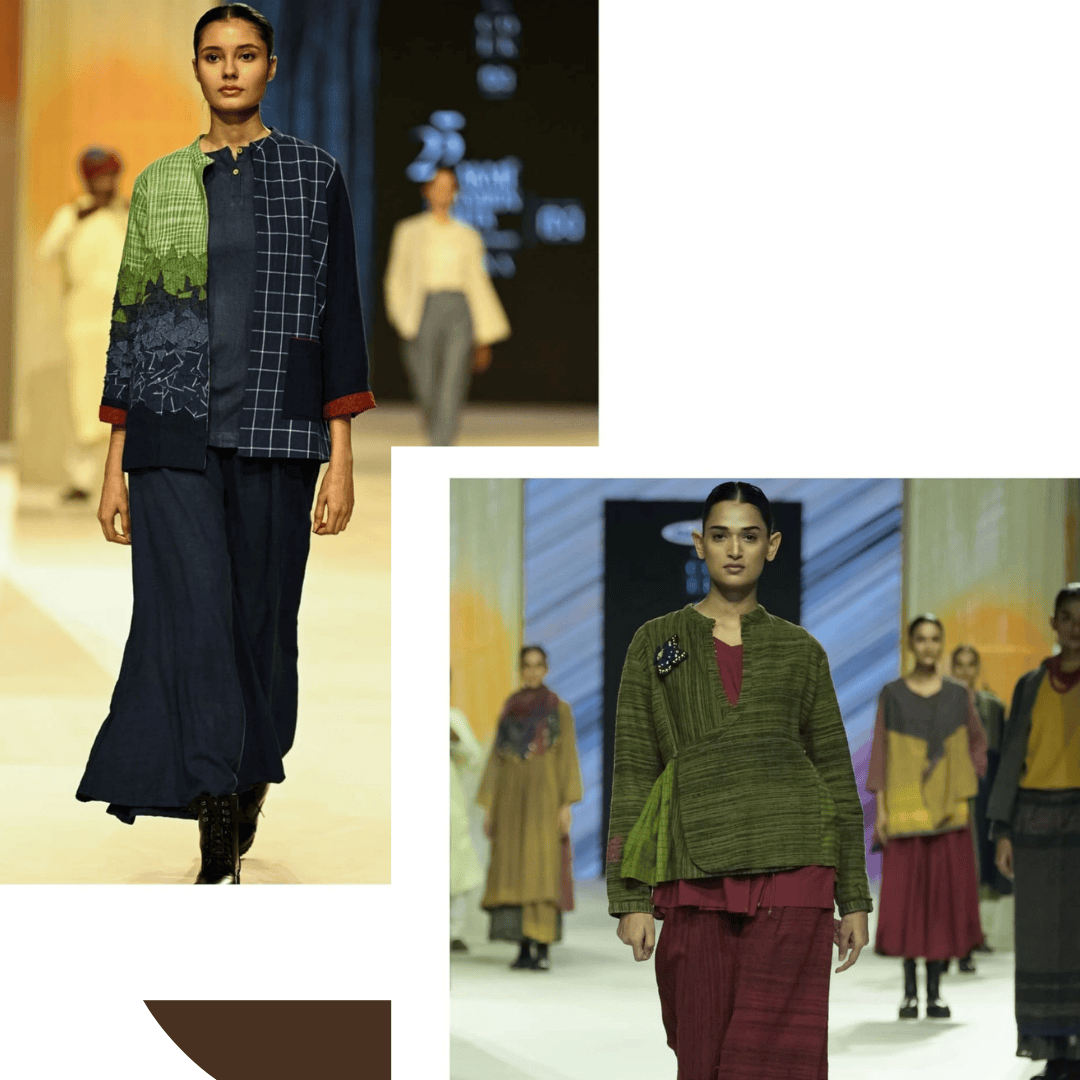
Why Designers are Choosing Khadi Again
Sunil Sethi, chairman, FDCI said, “As Lakmē Fashion Week celebrates 25 years; we take great pride in leading multiple initiatives to promote Khadi both in India and worldwide.
Khadi is not just fabric—it represents our heritage, sustainability, and craftsmanship.
Runway to Resort — Khadi Fabric Is Everywhere
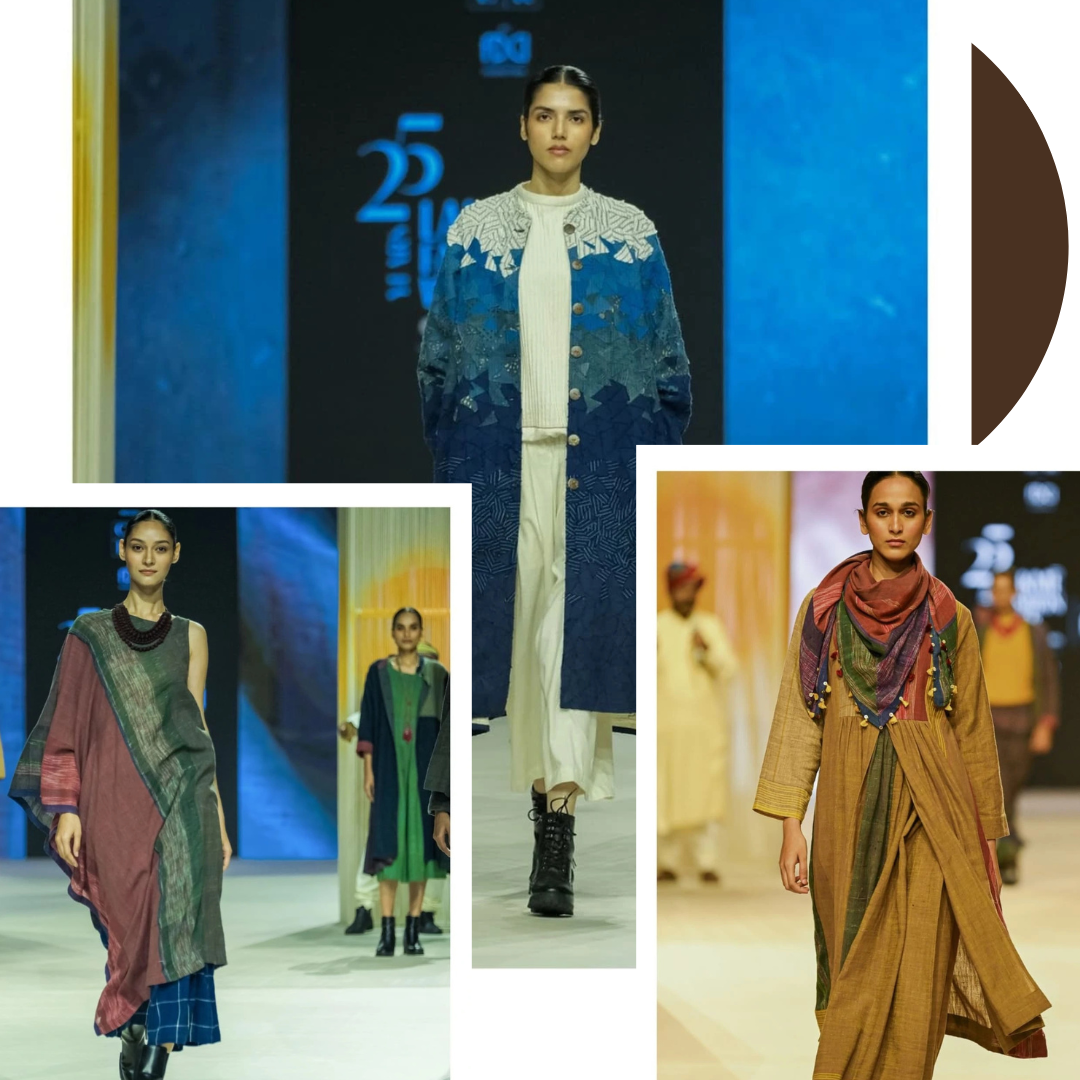
Designers are reimagining Khadi into:
- Structured jackets
- Summer dresses
- Relaxed co-ords
- Resort-ready kaftans
- Gender-neutral silhouettes
- Khadi denim fabric
Its lightweight weave, natural slub, and cooling texture make it ideal for this season’s soft tailoring, breezy silhouettes, and conscious minimalism.
Seasonal Versatility of Traditional Fabric- Khadi
Khadi's breathability makes it ideal for spring-summer collections, but its layerability means it also fits perfectly into trans-seasonal wardrobes. Designers in 2025 are showcasing Khadi's incredible adaptability.
From flowing dresses and tailored trousers to chic kurtas, statement sarees paired with modern separates, and even contemporary jackets, khadi denim fabric, Khadi is proving it can transcend traditional silhouettes and fit seamlessly into modern wardrobes.
As seen at recent fashion weeks, Khadi is being styled with everything from sneakers to structured jackets, appealing to a diverse range of aesthetics.
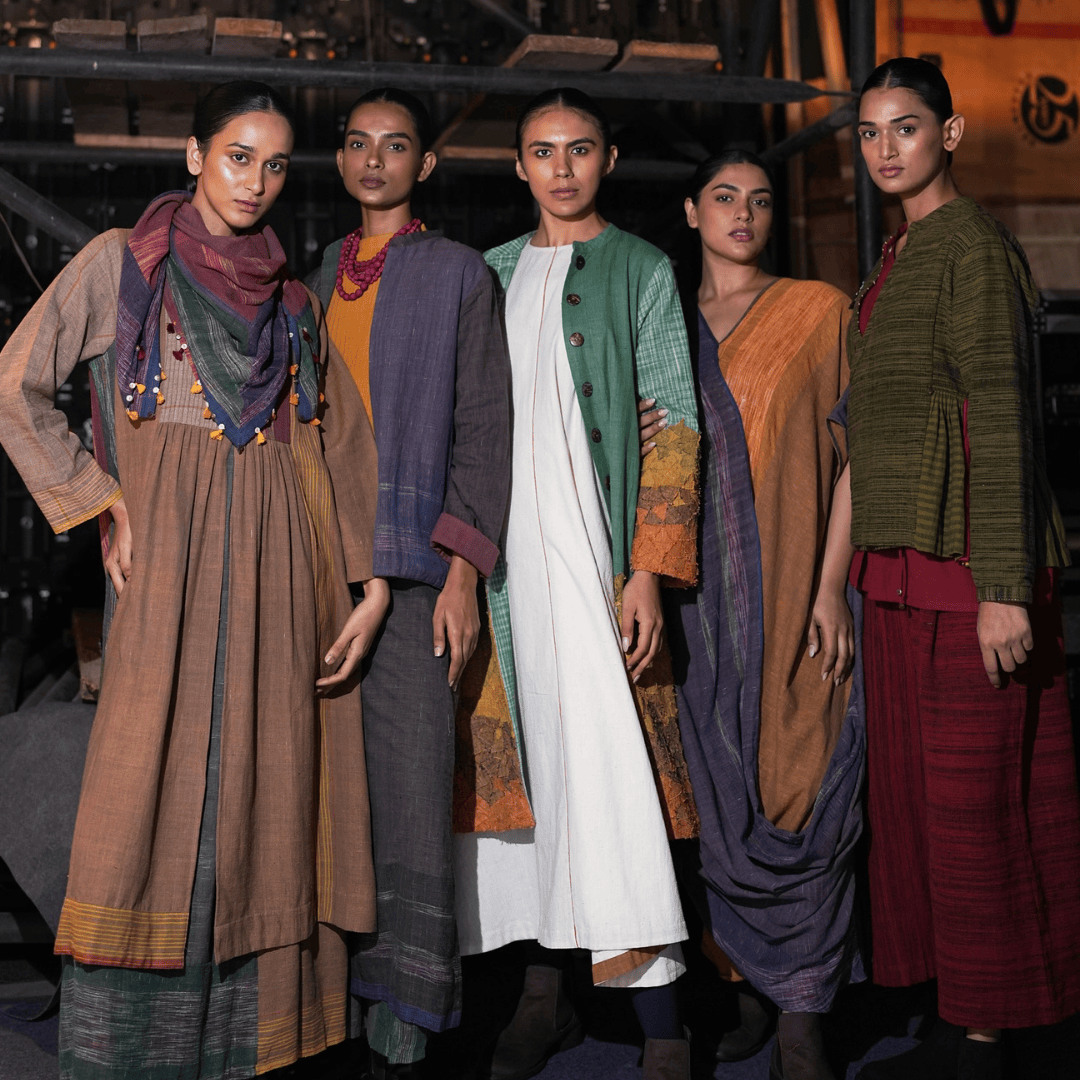
Khadi India an FDCI Presentation at Lakme Fashion Week in partnership with FDCI.
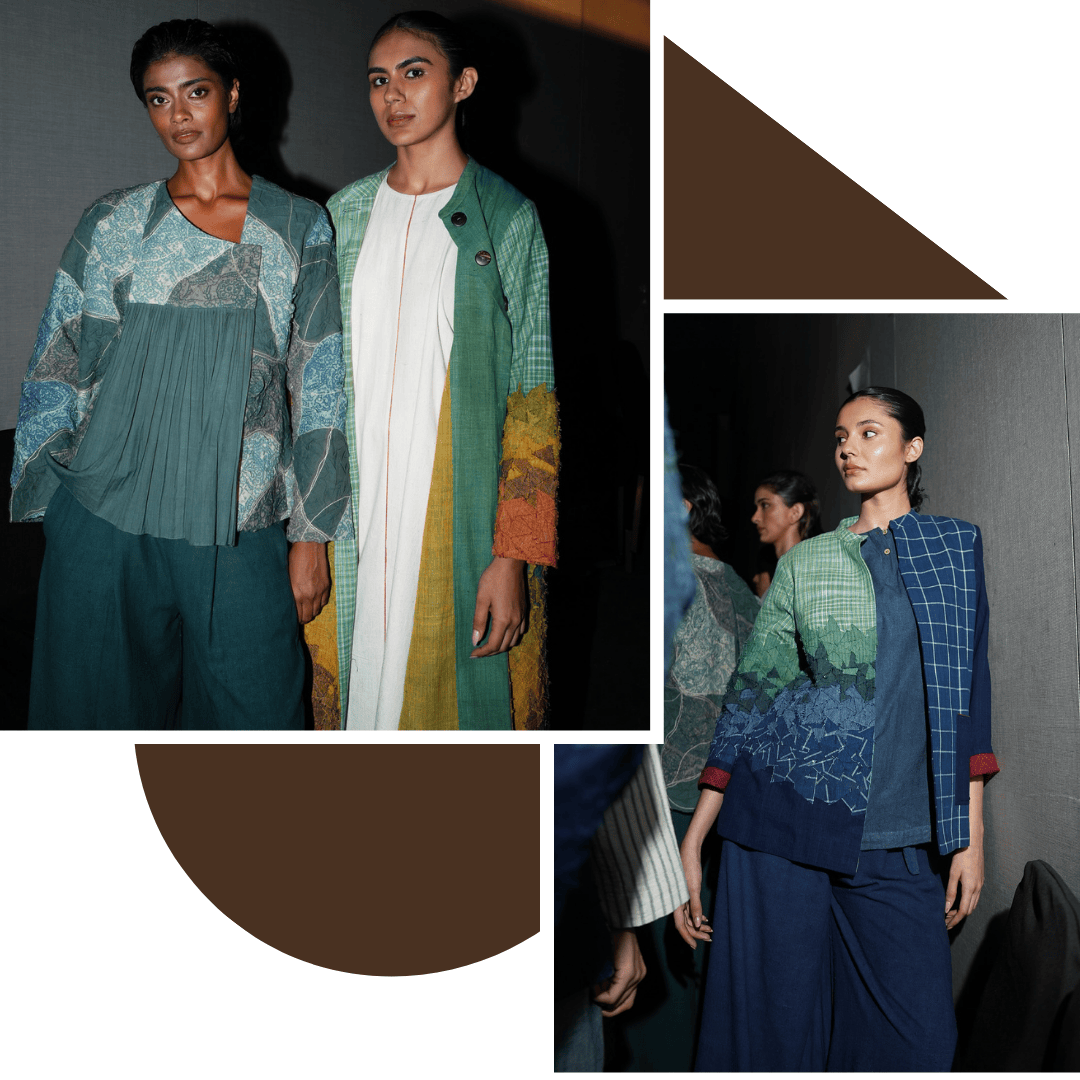
Khadi Fabric is more than just a fabric—it’s a philosophy, a movement, and a step toward a sustainable future.
Hand-spun and handwoven, khadi embodies India’s rich textile heritage while maintaining a minimal carbon footprint, making it the ideal choice for conscious consumers around the world.
The Centre of Excellence for Khadi (CoEK), an initiative of the Khadi and Village Industries Commission (KVIC) and the National Institute of Fashion Technology (NIFT), is committed to reimagining khadi for contemporary lifestyles.
As a design and innovation hub, CoEk collaborates with Khadi Institutions across India to create unique fabrics, apparel, and accessories, expanding the global presence of khadi through experimentation, branding, and storytelling.
Designer displays in Lakmē Fashion Week, 2025
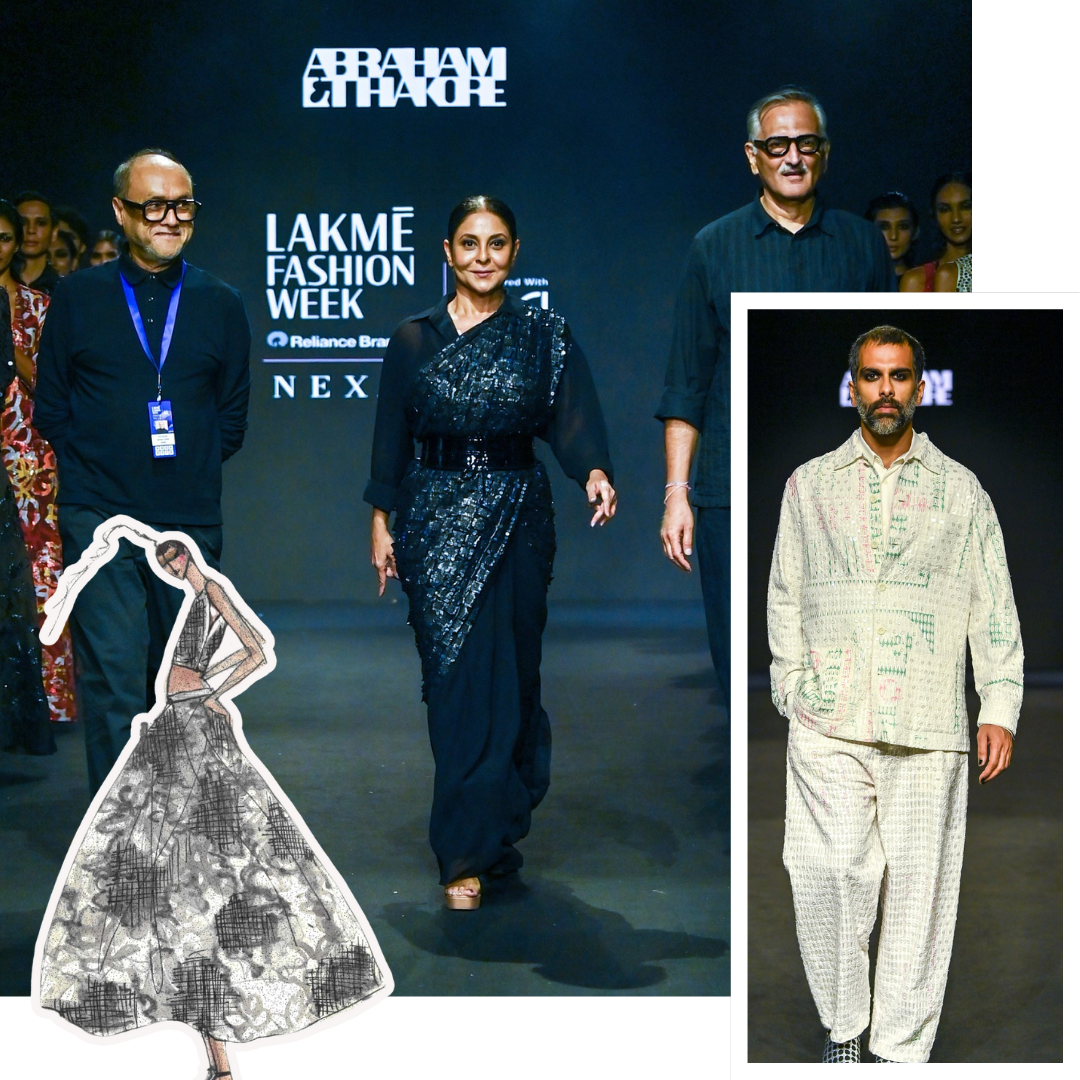
Fashion Week Spotlights:
At recent Copenhagen and Delhi fashion weeks, labels like Lovebirds, Abraham & Thakore, and Suket Dhir showcased modern khadi drapes, overlays, and co-ords — a blend of heritage textile and modern design.
Presenting Khadi Fabric at Moscow Fashion Week 2025
The Fashion Design Council of India (FDCI) presented khadi at Moscow Fashion Week 2025 in collaboration with Khadi India.
Khadi India presented a collection featuring cotton, wool, and Eri silk from Uttar Pradesh, Rajasthan, Gujarat, Tamil Nadu, and Assam, the collection beautifully bridged India’s rich textile heritage with global fashion trends.
Showcasing at Moscow is an important move for Khadi India as it seeks to redefine its place globally. It especially shows traditional weaving techniques intrinsic to India as forward-thinking, versatile material with limitless potential in Western wear.
Several international journalists were introduced to khadi, especially its hand-spinning for the first time. Dora Becher, the editor of L’Officiel, Argentina, and Teresa Napolilo, editor at Marie Claire, Argentina, adored the collection.
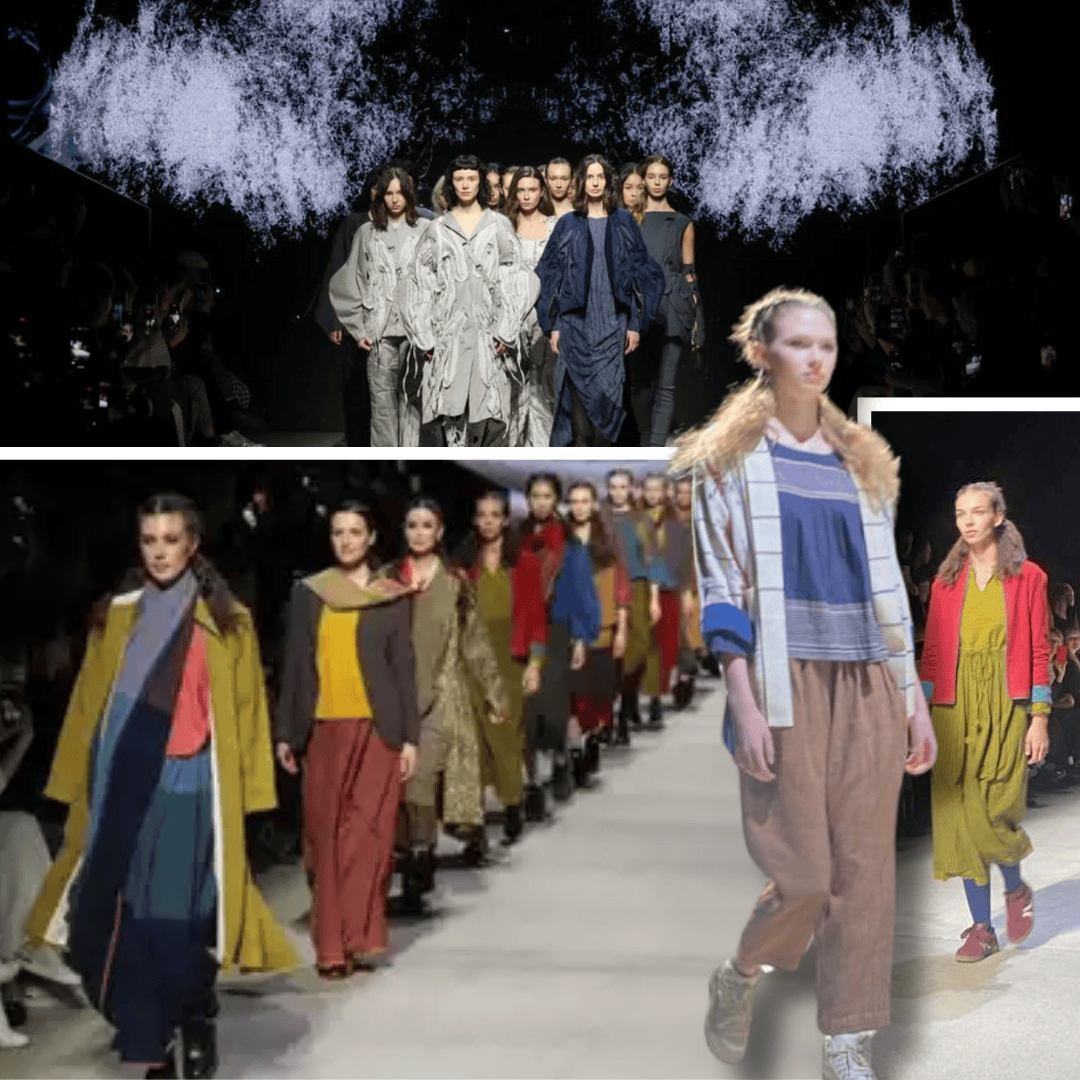
Anuprerna’s Take: Khadi with a Contemporary Twist
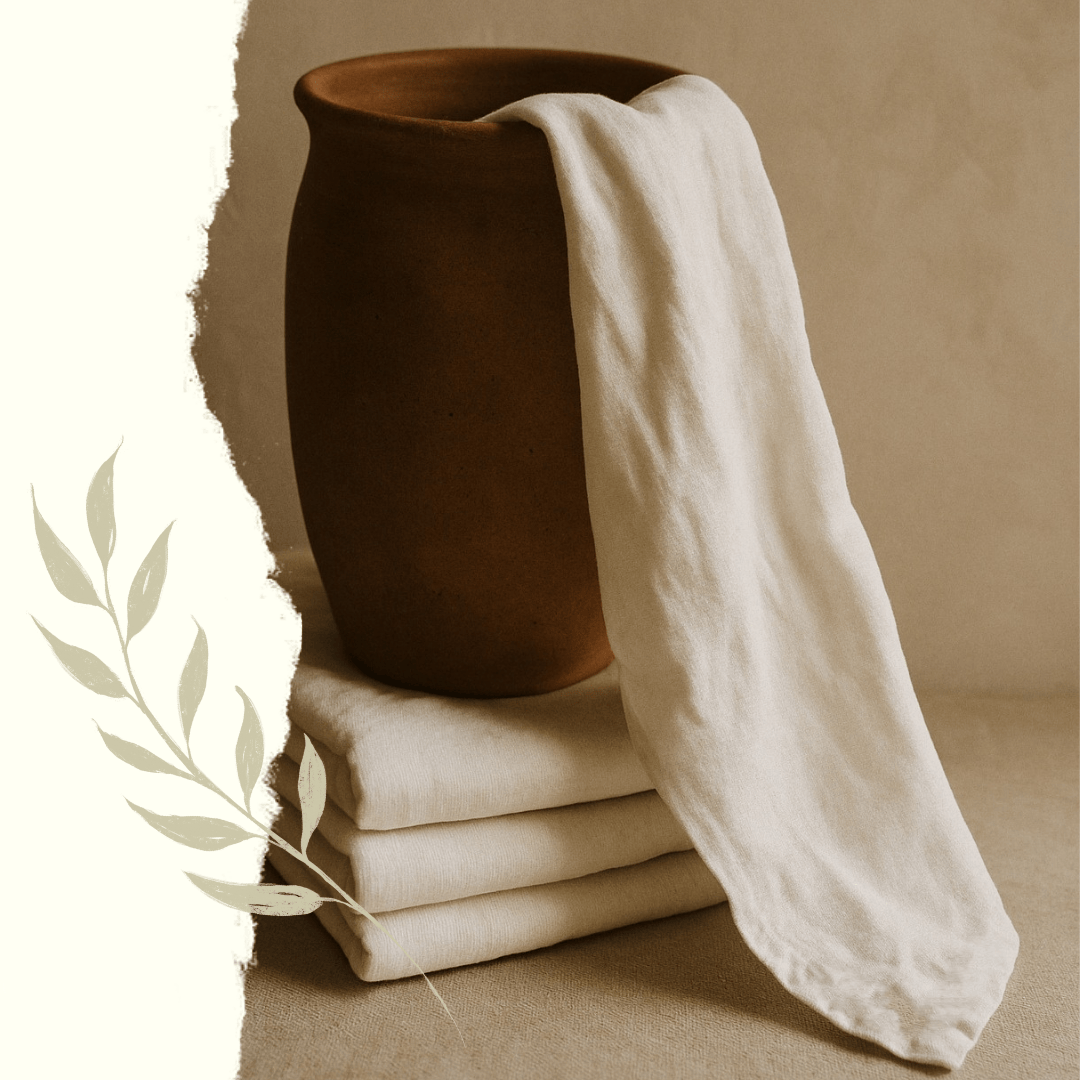
At Anuprerna, we offer:
- Lightweight khadi for resortwear and loungewear
- Mid-weight khadi for shirts, trousers, and tunics
- Custom GSM and dye options for all-season styling
- Handwoven stripes, textures, Natural vegetable-dyed variants
We reimagine khadi not as a relic, but as a tool for design innovation.Whether you're designing a resort capsule, relaxed everyday wear, or a limited-edition artisan drop — our khadi adapts to your story.
Summary
This season, khadi proves that fashion doesn’t need to choose between aesthetic and ethics. It’s tactile, breathable, local, and incredibly relevant. It celebrates tradition while offering infinite room for experimentation.
If you’re a designer looking to create garments that are as impactful as they are beautiful, now is the time to embrace khadi — not just as a fabric, but as a philosophy.
related questions
What exactly is Khadi?
arrow_drop_downKhadi is a handspun and handwoven fabric primarily made from natural fibers like cotton, silk, or wool. The yarn is spun by hand, often using a charkha (spinning wheel), and then woven on a handloom.
Why is Khadi making a comeback in 2025?
arrow_drop_downSeveral factors contribute to Khadi's resurgence: * Sustainability: Growing environmental awareness makes Khadi's low-impact production appealing. * Artisanal Quality: The unique texture and handcrafted nature offer a refreshing alternative to mass-produced fabrics. * Versatility: Designers are now showcasing Khadi in modern silhouettes, proving its adaptability. * Comfort: Its breathable nature makes it ideal for various climates. * Ethical Consumption: Choosing Khadi supports local artisans and preserves traditional crafts.
How does buying Khadi support local artisans?
arrow_drop_downThe handspinning and handweaving processes of Khadi are labor-intensive and provide livelihoods for numerous artisans, particularly in rural India. By purchasing Khadi, you directly contribute to their economic empowerment and the preservation of their skills.
Is Khadi expensive?
arrow_drop_downThe price of Khadi can vary depending on the type of fiber (cotton, silk, wool), the complexity of the weave, and the craftsmanship involved. While it might sometimes be priced higher than mass-produced fabrics, the value lies in its sustainability, ethical production, and unique artistry.
More Blogs

the style blueprint: 5 simple rules to improve dressing sense instantly
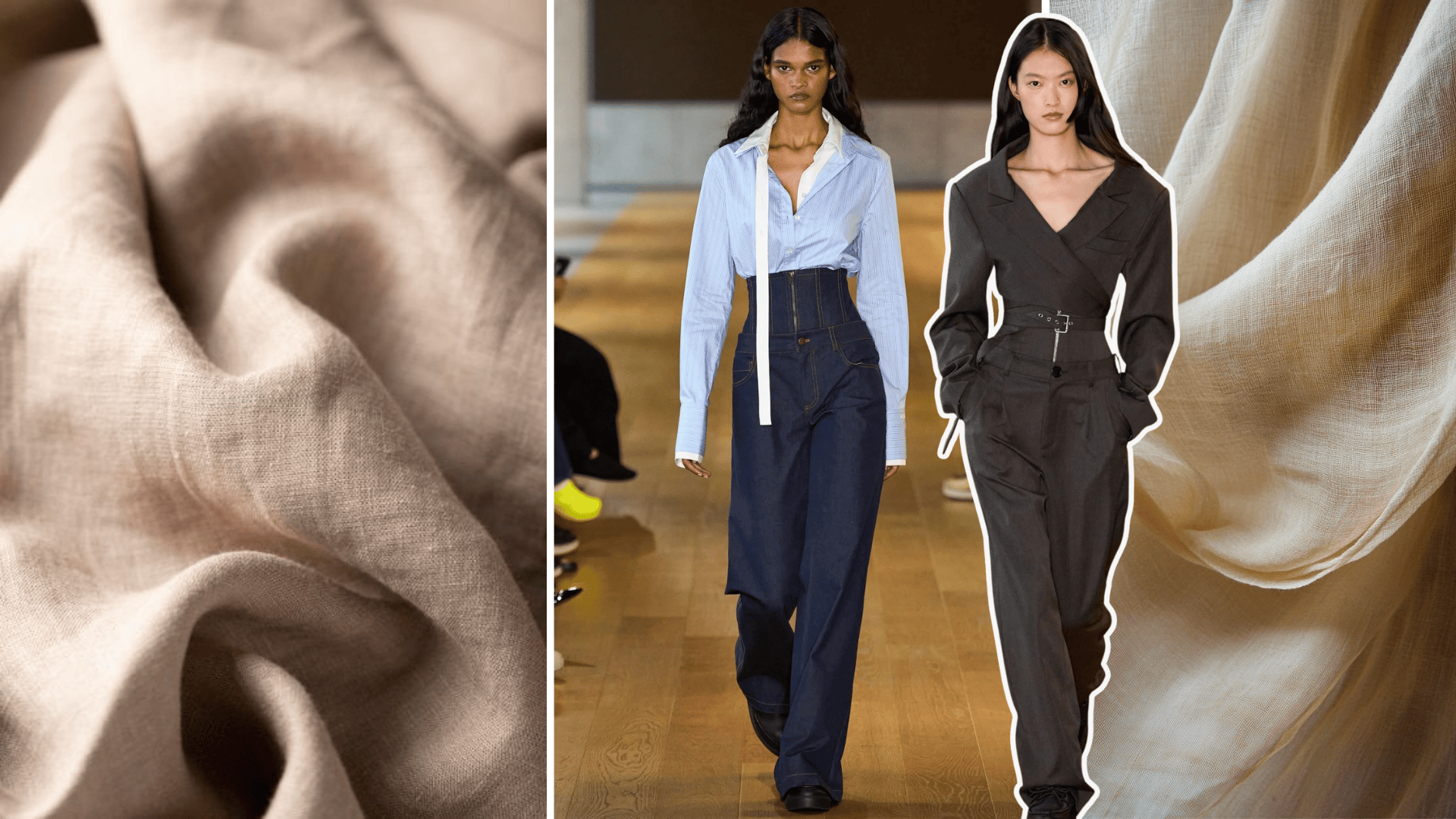
top 5 textures to watch in fashion trends 2025
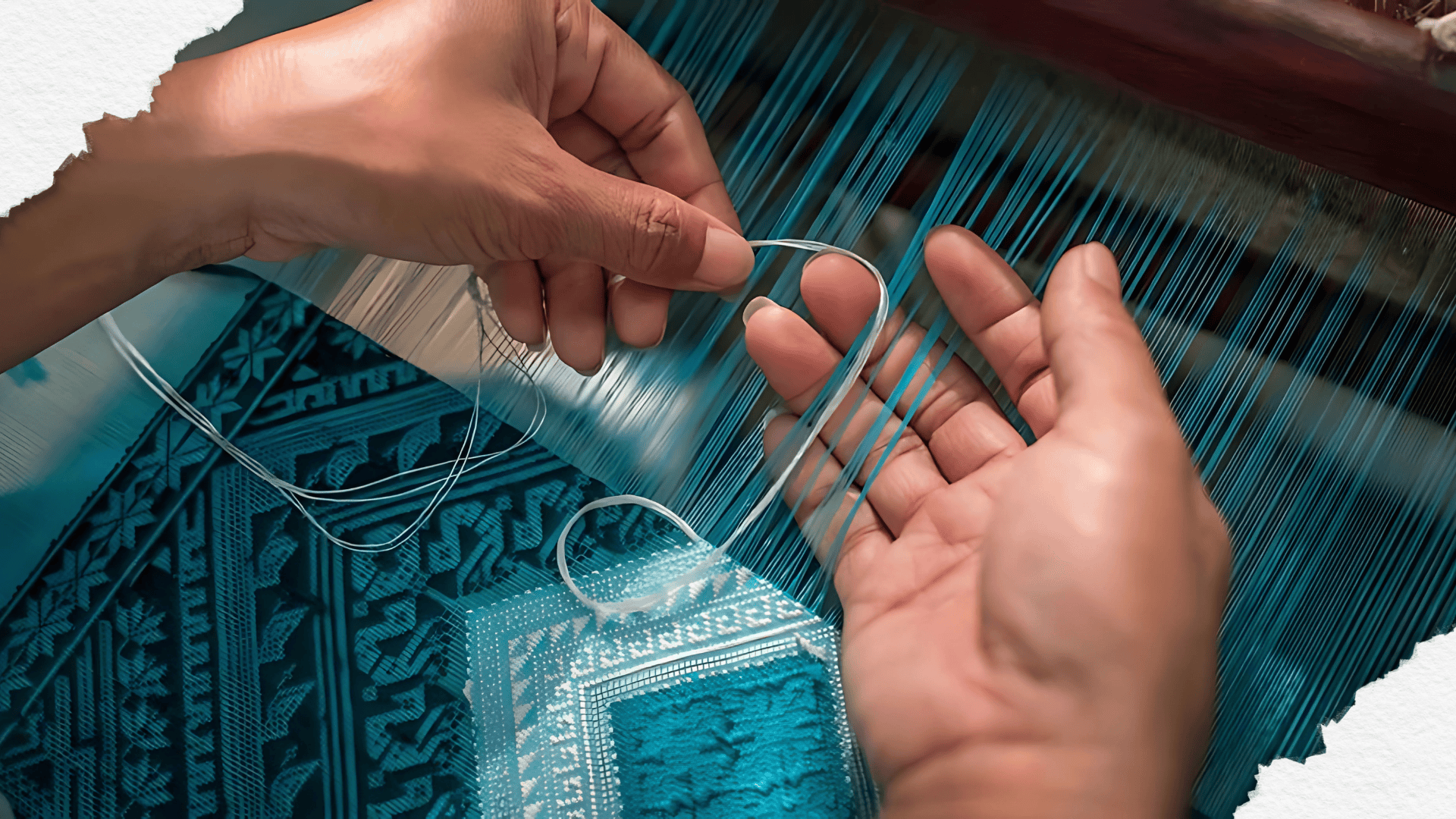
beyond borders: how fashion designers reimagine indian handloom in global fashion

5 key design elements in fashion and styling behind every great look

vintage revival: which eras and silhouettes are making a resurgence in 2025

the rise of gender-neutral & fluid fashion: breaking down traditional style boundaries






